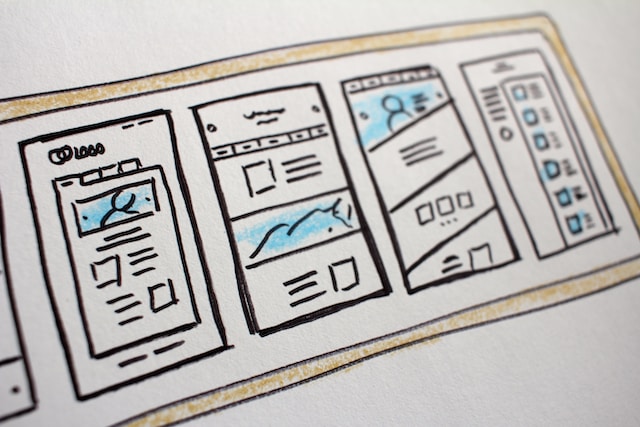In the digital age, ensuring accessibility in web design is not merely an option; it’s a fundamental principle that influences user experience (UX) and inclusivity. Accessibility initiatives aim to create digital environments that cater to all users, regardless of their abilities or disabilities. This comprehensive guide navigates through the significance of accessibility in web design, emphasizing its impact on user engagement, SEO, and the ethical responsibility of creating inclusive digital spaces.
Understanding Accessibility in Web Design:
- Importance of Accessibility: Accessibility focuses on creating digital content and interfaces that can be accessed and used by everyone, including individuals with disabilities. It includes considerations for visual, auditory, motor, and cognitive impairments, ensuring equal access and usability.
- Impact on User Experience (UX): A website’s accessibility directly influences user experience. Intuitive navigation, clear content structure, readable fonts, and adequate color contrast enhance usability for all users, contributing to a positive UX.
- Ethical and Legal Implications: Beyond enhancing usability, accessibility in web design aligns with ethical principles of inclusivity and diversity. Additionally, various countries have enacted laws and guidelines mandating web accessibility, emphasizing its legal significance.
Key Elements of Accessible Web Design:
- Semantic HTML Structure: Using semantic HTML tags ensures a logical and organized structure, aiding screen readers and assistive technologies in interpreting content accurately.
- Proper Alt Text for Images: Including descriptive alt text for images enables visually impaired users to understand the content through screen readers, ensuring a comprehensive experience.
- Color Contrast and Readability: Maintaining sufficient color contrast and readability of text ensures content is accessible to users with visual impairments or color deficiencies.
- Keyboard Navigation and Focus Order: Providing keyboard navigation options and ensuring a logical focus order allows users to navigate a website without a mouse, benefiting those with motor disabilities.
- Video Captions and Transcripts: Including captions and transcripts for videos aids users with hearing impairments, offering an inclusive experience across multimedia content.
Accessibility and SEO:
- Improved Search Engine Rankings: Websites that prioritize accessibility often witness improved SEO performance. Search engines prioritize user-friendly and accessible websites, indirectly boosting rankings.
- Wider Audience Reach: Accessible websites cater to a broader audience, positively impacting user engagement metrics such as time spent on site and reduced bounce rates, which can indirectly affect SEO.
Conclusion:
Accessibility in web design is not a feature; it’s a fundamental aspect that fosters inclusivity and equality in the digital space. Designing with accessibility in mind not only enhances user experience but also aligns with ethical standards and legal requirements. Prioritizing inclusive design practices ensures that websites cater to diverse user needs, contributing to a more equitable online environment for all.










